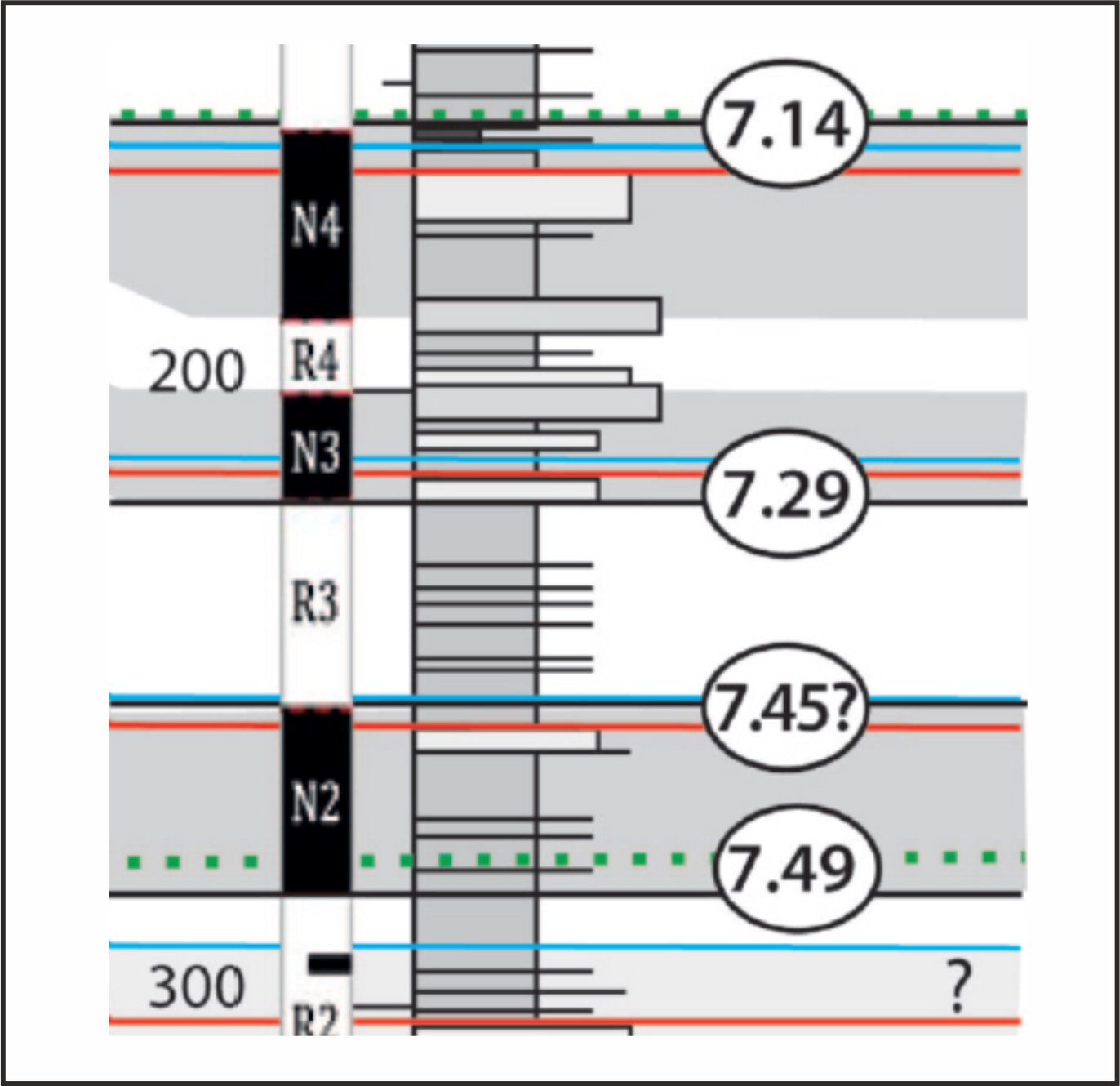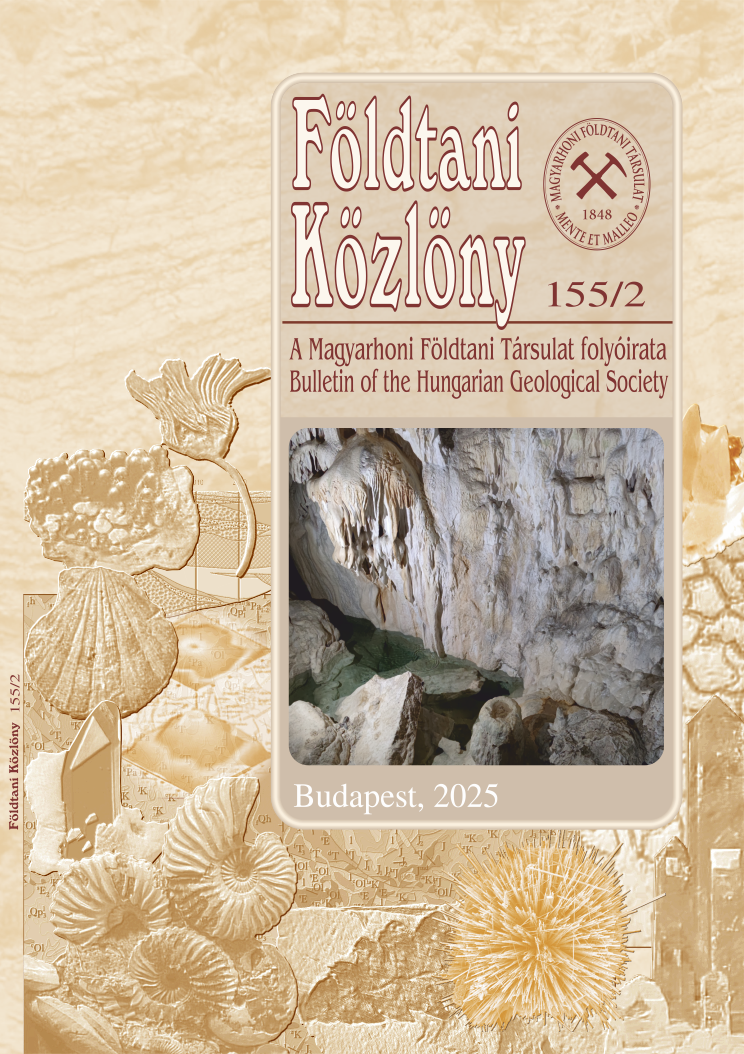Towards a high-resolution chronostratigraphy and geochronology for the Pannonian Stage: Significance of the Paks cores (Central Pannonian Basin)
Absztrakt
A pannóniai emelet kutatásában kivételes lehetőségként jelent meg, és kiemelkedő jelentőséggel bír a paksi atomerőmű bővítési folyamatának során fúrt kőzetmagok sokoldalú rétegtani vizsgálata. A Paks II Atomerőmű Zrt. által 2015 és 2016 folyamán fúratott 6 magból 5 teljes (390 és 662 m közötti) vastagságban, folyamatos magmintavétellel harántolta a helybeli pannóniai képződményeket. A fúrások Paks környékén, egymástól 8-12 km távolságra mélyültek. Mindegyik fúrás a folyótorkolatoktól távol, nyílt és aránylag mély vízben képződött márgák (Endrődi Formáció), a 200 méternél nem magasabb selfperemi lejtőn lerakódott homokos kőzetliszt (Algyői Formáció), és a delta előtéri kőzetlisztből, torkolati zátonyok homokjából, delta síksági lignitből és homokos csatorna-kitöltésekből álló delta képződmények (Újfalui Formáció) egymásutánját tárta fel. Két fúrómagból mágnesrétegani, két másikból pedig autigén 10Be/9Be korhatározási módszerrel nyertünk korokat, majd a fúrások közötti szeizmikus korreláció megteremtésével kialakítottunk egy, a fúrómagok szedimentológiai és paleontológiai jellemzőitől független időrétegtani és geokronológiai keretet. A szarmatától kezdődő folyamatos üledékképződésnek és a legidősebb (11,6-9,1 millió éves) pannóniai rétegek összefüggő jelenlétének a bizonyítására további mikropaleontológiai vizsgálatokra lesz szükség, mert jelenleg sem a mágnesrétegtani, sem az autigén 10Be/9Be korhatározási módszer nem alkalmas a kondenzált mészmárga üledékek korolására. A 9,1 és 6,5 millió évek közötti intervallumot ezzel szemben változatos litológia és – sok esetben kivételesen jó megtartású – ősmaradványanyag képviseli a fúrómagokban. A delta üledékekben 8 üledékes szekvenciát lehetett azonosítani és korrelálni; mivel ezek időtartama egyenként 400 ezer év alatt volt, negyedrendű szekvenciáknak tekinthetők. A fúrómagokban azonosított biozónák korhatárai igen jó egyezést mutatnak az eddig használt biokronosztratigráfiai rendszerrel, lényegében megerősítik és néhány helyen pontosítják azt. A paksi PAET fúrómagok eddig soha nem látott részletességű képet nyújtanak a Pannon-tó üledékes környezeteinek és élővilágának fejlődéséről a 9,1 és 6,5 millió év közötti intervallumban.


















